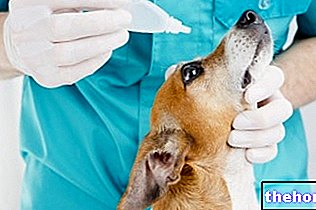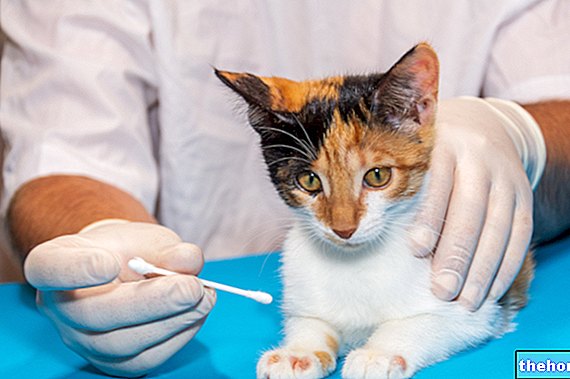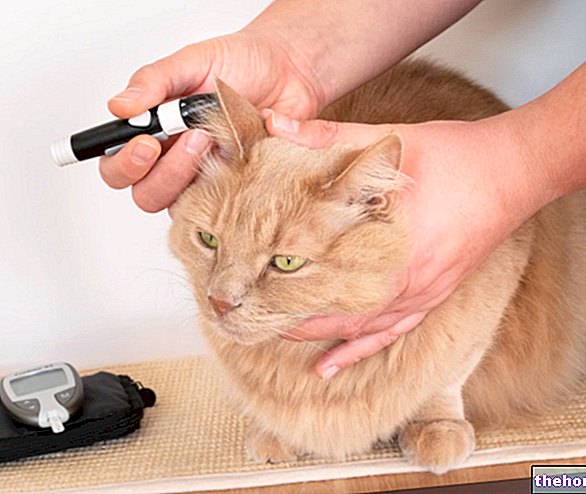.
In addition to these local consequences, the dog bite can cause complications of various kinds, as well as exposing the victim to the risk of contracting tetanus and rabies.
Did you know that…
Dog bites are less likely to cause infection than human or cat bites.
, nerves, arterial and venous vessels, tendons, joints and bones.If the dog bite affects particular areas of the body, such as the skull, the abdomen or the respiratory tree, the consequences are more serious and may include, for example, injury to the airways, brain damage and intraperitoneal haemorrhage.
Rarely, the outcome of a dog bite is fatal; when it occurs, death results from injury to large blood vessels or direct involvement of a vital organ.
Did you know that…
Dog bites can cause crush injuries - the amount of pressure generated on the victim's skin is approximately 100 to 450 kilograms for every square centimeter.
Characteristics of the wound
The dog bite is usually a rather complicated wound: the teeth can cause both lacerations of the tissues in the skin (in the form of superficial abrasions, scratches and penetrating wounds), as well as bruises and bone fractures. If it causes tear injuries, the dog bite can also be related to "profuse loss of superficial and deep tissue."

Dog bite: which parts of the body are most affected?
The limbs are the most frequently affected site, even if children between 5 and 10 years are often bitten on the head and neck, causing injuries of a certain severity. The hands are more easily affected by a possible infection.
Infections transmitted by dog bite
The dog bite must be treated in the right way, as it can easily become infected.
The pathogens present in the mouth and on the teeth of the animal are transferred to the damaged tissues of the victim through direct contact. In the presence of certain risk factors, these microorganisms can give rise to both local and widespread infection throughout the organism.
Risk Factors for Infections After Dog Bite
The risk of incurring an infection increases according to the type of dog bite (note: punctate and deep wounds are more serious) and the time elapsed between the moment of the bite and the treatment.
The likelihood of developing an infection increases in people suffering from arterial disease, venous insufficiency, diabetes and immune-compromised clinical conditions.
The infectious agents most frequently implicated in dog bite complications are:
- Pasteurella spp;
- Staphylococcus spp;
- Streptococcus spp;
- Moraxella spp;
- Corynebacterium spp.
The attacked subject is also exposed to the risk of contracting tetanus and rabies, which the animal can carry. Other infectious diseases transmissible with dog bite are leptospirosis and herpetic virus infections. Dog bite can also cause abscesses. deep tissue and osteomyelitis.
Obviously, the attack by a wild or stray animal increases this probability, but the occurrence of such complications makes it advisable to contact your doctor for a consultation, even if the wound seems small and minor. If from the beginning the dog bite seems to have produced serious consequences, instead, it is better to go to the emergency room.
infections such as redness, edema, swollen regional lymph nodes and the presence of purulent secretions or fluctuating collections.Warning signs
Some symptoms associated with dog bite should be interpreted as alarm bells. The sudden onset of these manifestations or their progressive worsening, should prompt you to consult your doctor within a short time:
- In the days following the dog bite, the area is painful, red, hot and swollen;
- Itching and sensitivity changes appear at the site of the lesion and in the surrounding tissues;
- After the dog bite, systemic symptoms begin, such as nausea, vomiting, muscle weakness or fever.
When to go to the emergency room
- The dog bite is deep;
- It does not stop bleeding from the wound;
- The bite was inflicted by a potentially infected dog, therefore it is necessary to evaluate the opportunity to perform anti-rabies prophylaxis and verify if the victim needs the tetanus vaccination.
To stop bleeding, press on the wound with a clean cloth and pat for 1-2 minutes. If the wound is still bleeding, apply pressure for another 5 minutes.
When finished, dry well with sterile gauze or a clean handkerchief, then apply a disinfectant to the dog bite and cover with a bandage or medicated plaster. Do not close the wound with specific suture plasters (such as steril strips): it is better to heal the wound leaving it uncovered.
To remember
If the dog bite is not superficial, see a doctor right away to see if antibiotics or other medications are needed; in addition, if necessary, the patient will be subjected to tetanus vaccination and / or post-exposure anti-rabies treatment.
Antibiobiotics and post exposure vaccine
Generally, if the wound is superficial and the person is in good health, the risk of infection is low and antibiotics are not necessary. These drugs are prescribed by the doctor, however, in the case of high-risk or clearly infected wounds. and when the victim is immune-compromised. The duration of antibiotic prophylaxis is generally 3-5 days. In case of cellulitis, abscesses or other infectious complications it should last longer and, if possible, be guided by the outcome of the culture tests .
Hospitalization is generally reserved for the most severe cases. The physician will also need to consider the tetanus immunization status.
For further information: Tetanus vaccinationAs regards the risk of rabies, post-exposure treatment (vaccination) is indicated, after consideration of some factors:
- Type of injury;
- Italian region in which the episode took place and in what circumstances it occurred;
- Domestic or wild animal (note: the risk is almost nil if it is a dog that lives in a domestic environment, while if it is a stray and runs away after biting, the doctor's evaluation is important).





.jpg)






















